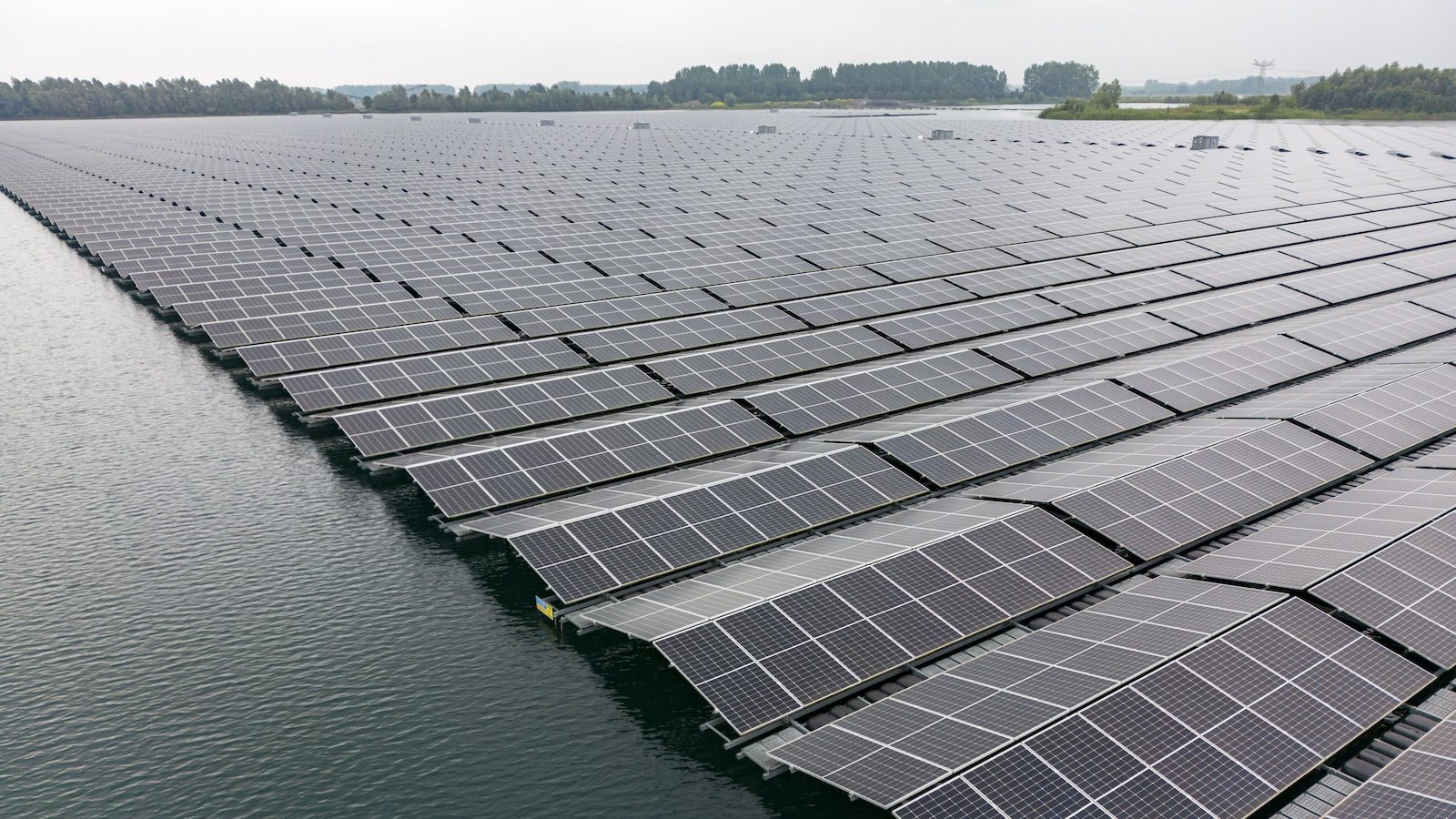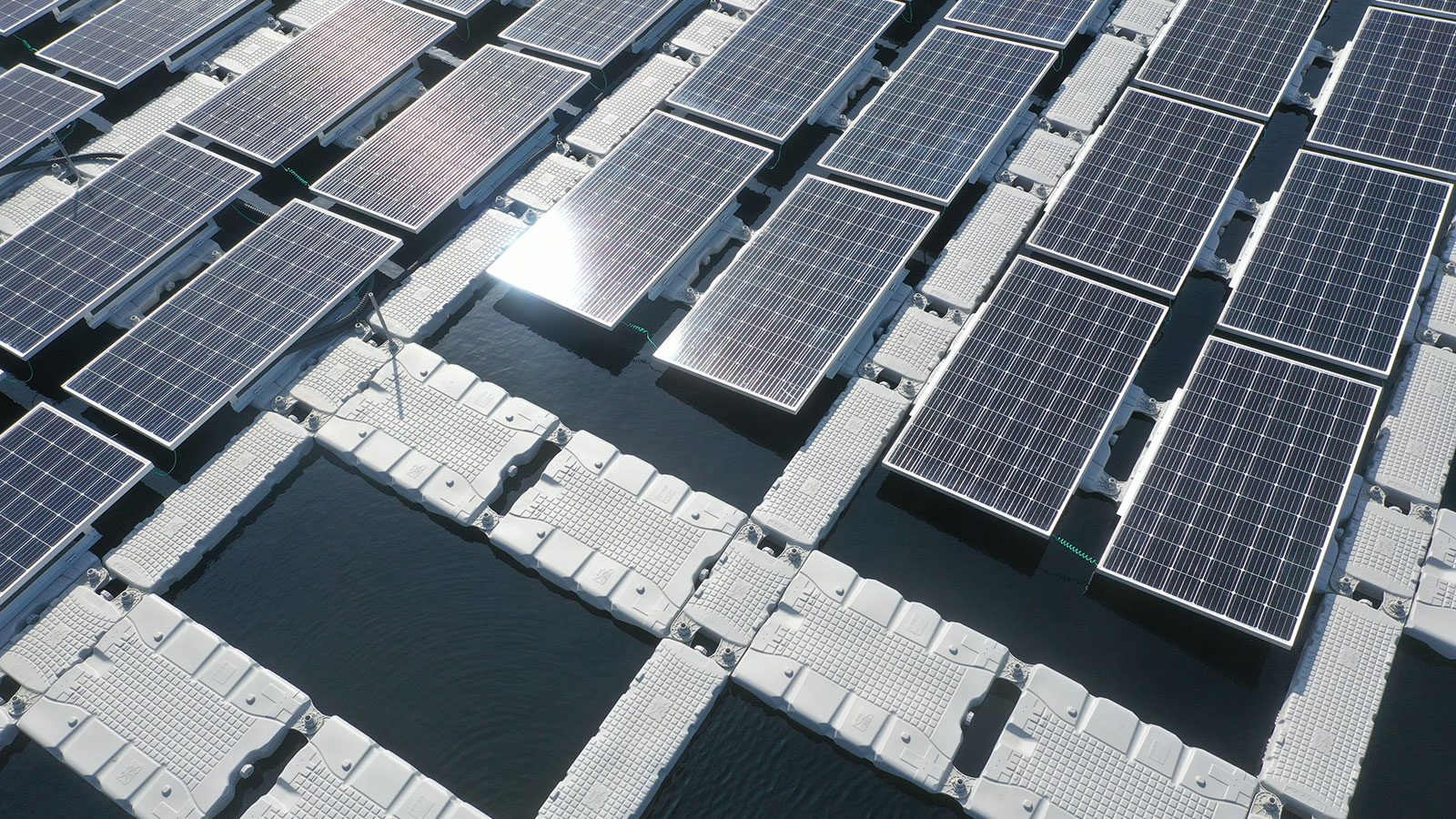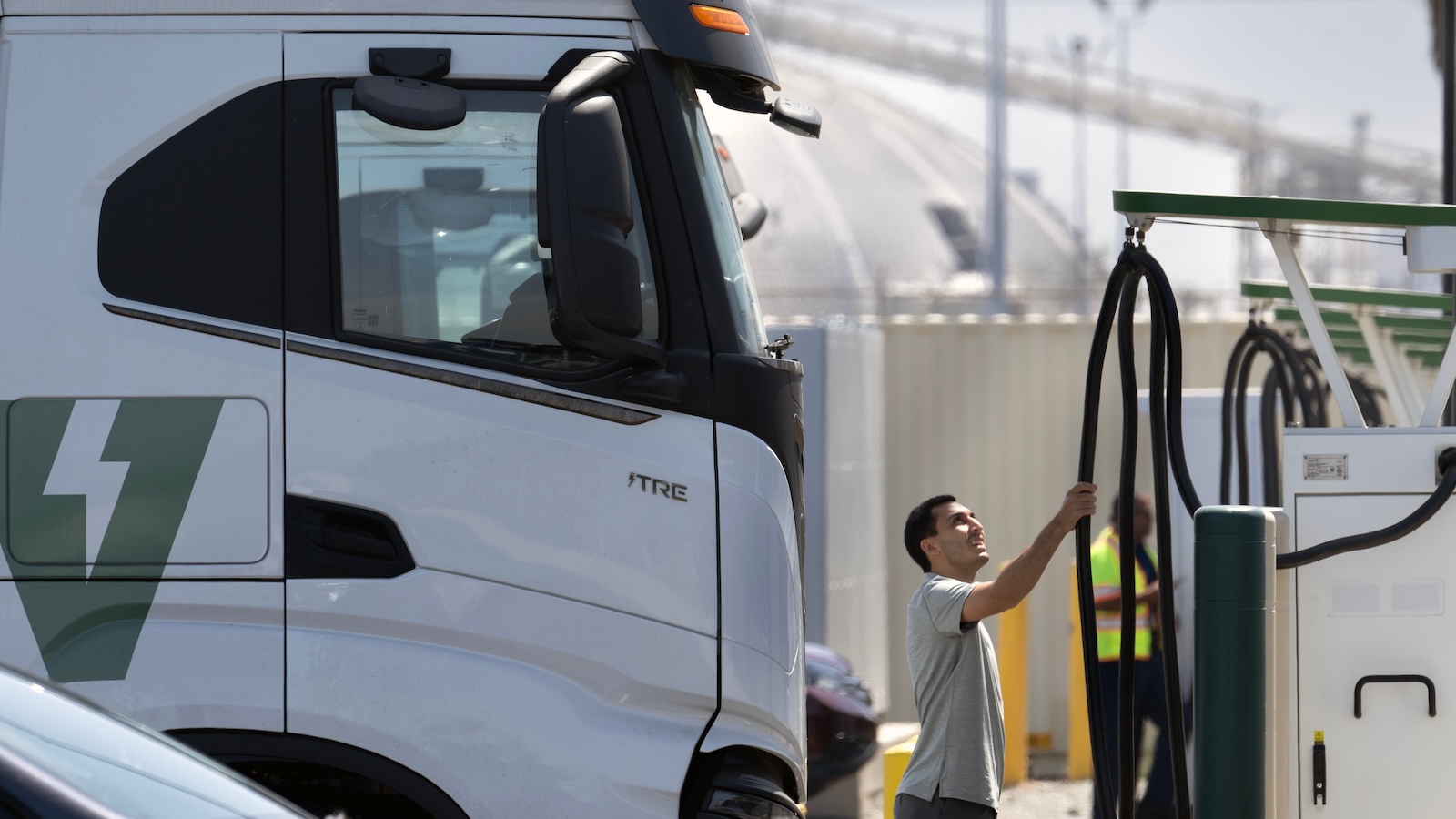Now Reading: What will the rise of floating solar panels mean for wildlife?
-
01
What will the rise of floating solar panels mean for wildlife?
What will the rise of floating solar panels mean for wildlife?

The newest, hottest power couple doesn’t live in Hollywood. It’s actually the marriage of solar panels and water reservoirs: Known as floating photovoltaics, or floatovoltaics, the devices bob on simple floats, generating power while providing shade that reduces evaporation.
One primary advantage of the technology is that you don’t have to clear trees to make way for solar farms. As an added bonus, the water cools the panels, increasing their efficiency. Research has shown that if societies deployed floatovoltaics in just a fraction of the lakes and reservoirs of the world, they could generate nearly a third of the amount of electricity that the United States uses in a year.
As floatovoltaic systems rapidly proliferate — the market is expected to grow an average of 23 percent each year between 2025 and 2030 — scientists are investigating how the technology might influence ecosystems. The shading, for instance, might stunt the growth of algae that some species eat — but at the same time, it might also prevent the growth of toxic algae. The floats might prevent waterbirds from landing — but also might provide habitat for them to hide from predators. By better understanding these dynamics, scientists say that if companies are willing, they can work with manufacturers to customize floatovoltaics to produce as much electricity as possible while also benefiting as much wildlife as possible.
“Renewable energy, low-carbon electricity, is a really good thing for us, but we shouldn’t be expanding it at the cost of biodiversity loss,” said Elliott Steele, a postdoctoral researcher at the University of California, Davis, and coauthor of a recent paper about floatovoltaics and conservation in the journal Nature Water. “This is a great opportunity for us to increase our research and develop smart design ideas and better siting practices in order to have this happy marriage between a healthy, biodiverse ecosystem and renewable energy expansion.”
The majority of floatovoltaic deployments are in human-made water bodies like reservoirs and wastewater-treatment ponds — and these solar panels are no different than ones you’d find on land or on rooftops. They are attached to rafts that are either anchored to the bottom of a reservoir or lake, or attached to shore. Engineers adapt the systems to a specific body of water, for instance taking into account how much levels go up and down, so as to not to beach them in the dry season.
If the reservoir is equipped with a hydroelectric dam, the panels can generate additional electricity during the day. During the dry season, there might be less water to spin those turbines, but plenty of sunlight to make up the gap. And then in the winter, there might be less light but plenty of water. “A hybrid floating solar and hydropower system can have a more stable power output throughout the year,” said Prateek Joshi, an energy researcher at the National Renewable Energy Laboratory. “Overall, we can reduce the variability of generation.”
Though reservoirs are artificial environments, not even they are blank slates — there’s lots of aquatic life that a floatovoltaic system could interact with. “It’s going to modify the habitat no matter what,” Steele said. “Will this modification to the habitat provide risks, or could it actually provide potential benefits for some species? We actually think that some aspects of floating solar could be beneficial for waterbirds.”
 Read More
Read More
























